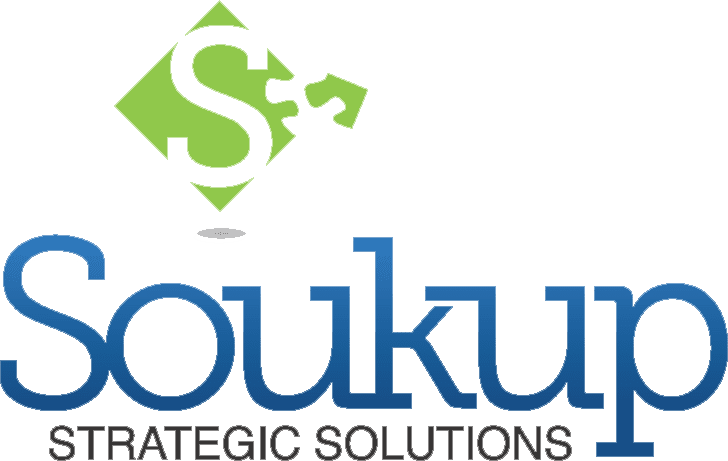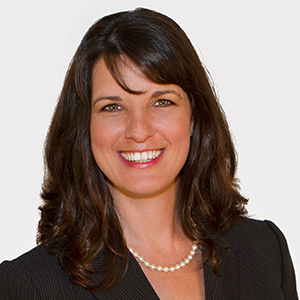A Board is what drives growth and change in a nonprofit organization, it’s one of the most important aspects of your team. So, when you finally find the perfect Board member, ensure they show up ready and motivated to make a difference for your nonprofit with a great orientation! Here are the keys to a successful onboarding.
The First Steps of Orientation
You found a great Board member, Alice – she fills in gaps where you have needs, and she is excited and ready to get started. What now? Don’t let Alice’s enthusiasm as a new Board member wane. Once Alice is elected to her new position, quickly follow up with Board member orientation. The more information your new Board member absorbs about your organization prior to her first meeting, the easier it will be for Alice to follow what is happening in the meeting. You want your new Board member to help make informed decisions from her very first meeting.
A good place to start is to set up a meeting for Alice with the Executive Director and/or the Board Chair. It is essential for every Board member to have an effective working relationship with these two leaders, ensuring that she is welcomed to the Board by helps with that.
If Alice has previously volunteered with the organization, orientation to the Board will be easier because she comes to the Board position with firsthand knowledge about the mission. However, many Board members don’t have that kind of experience with the organization for which they serve as leaders. One important aspect of orientation is to expose your Board members to your mission in action. This may be by giving them a guided tour or immersing them in the mission through an afternoon of service. Think about the ways new Board members can experience the mission for themselves. If feasible, provide them with options. Flexibility in scheduling these sessions will make it more likely that new Board members will be able to work these experiences into their schedules. It is helpful for the new Board member to complete this activity within the first few months of Board service.
Board Member Orientation Sample
An important resource for Board members, especially when they are new, is a Board manual. There are many ways to compile the information for a Board manual. Click here to access a sample table of contents.
This sample includes many options that most organizations should have available. Think about any additional information that is pertinent to your organization. Do you have a Master Plan that details how you will build out your campus in the future? That would be helpful to include. If you teach children or adults, is there a particular curriculum that you use? You can include a description of the curriculum, why it was chosen, and a link to more information. Are you using evidence-based practices in your organization? Provide some research articles or a literature review to allow interested Board members to delve deeper and gain a better understanding of your program model and how you know it is effective. These are just a few examples of additional materials that can be helpful to Board members. Think about your organization and identify the additional materials that would be important to share with your own Board.
Many organizations are now providing these documents in a secure online portal or shared folder in the cloud so Board members can access updated versions by computer any time they want. The Board manual can be organized into folders and subfolders for easy access. It is also a growing practice to provide an overview of the Board manual via video with an accompanying PowerPoint.
To help a new Board member, such as Alice, assimilate into the culture of the Board, consider mentorship. An experienced member of the Board, typically someone who has served at least a year, can be a great guide to an incoming Board member, since they were once a new Board member, too. It is best to ask for a volunteer from among your experienced Board members, but if it is one of your requirements for Board members to eventually serve as a mentor, then you can make assignments. It is best to match a new Board member with a mentor who shares something in common with the new Board member. Maybe they are (or were) both business owners, or both are in the banking industry. Commonalities don’t need to be professional in nature. Maybe they both hail from the same hometown, play tennis, love to prepare gourmet meals, or follow the same football team. Sharing commonalities can help the mentor break the ice and build camaraderie.
Mentors can help by meeting with the new Board members or scheduling a call to review the Board manual and talk about some of the current issues the Board is tackling. The mentor can review recent financial statements, answer questions about information provided in the Board manual, and generally help the new Board member understand what to expect at her first meeting.
If Alice’s first meeting is in person, her mentor can look out for her, making it a point to greet her upon arrival, and invite her to sit together. If the new meeting is on video conferencing, the mentor can make it a point to say hello online. The mentor can be assigned to introduce Alice to the rest of the Board at the first meeting and share something that he learned about her. Sometime soon after Alice attends her first meeting, her mentor should follow up to see what she thought about the meeting and answer Alice’s questions, if any. As Alice continues her Board service, occasional check-ins over the first few months can help ensure smooth onboarding.
Board training does not end with orientation. Busy Board members can continue the learning process through formal, organized group training or they can continue learning individually by reading and watching videos and webinars. You can help them better understand the industry in which you operate by sharing relevant information from time to time. You can also help them gain a deeper understanding of their role and responsibilities as a Board member by sharing articles, tips sheets, and links to webinars on this important topic.
Remember, for Board members to do their very best job, they need a continual stream of relevant information that helps them to understand the organization and the environment in which it operates. Alice is now ready to tackle the issues being addressed by the Board. Congratulations on getting your new Board member oriented to your organization and to her roles and responsibilities!



